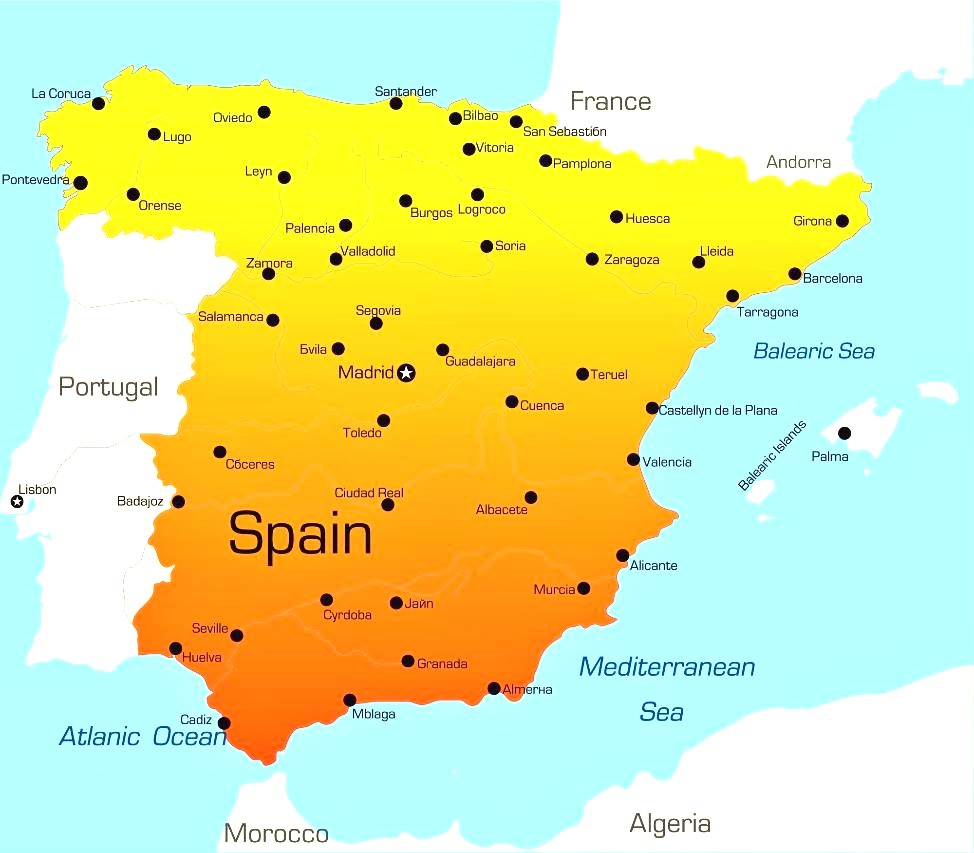Spain
Grades 4+
 On this summer morning in Pamplona, the sun beats down on the streets teeming with excited spectators. The famous encierro, or Running of the Bulls, is about to begin. Six massive and muscular bulls that weigh over a ton each are ready. They are bred for aggression and strength, and are known to be very dangerous.
On this summer morning in Pamplona, the sun beats down on the streets teeming with excited spectators. The famous encierro, or Running of the Bulls, is about to begin. Six massive and muscular bulls that weigh over a ton each are ready. They are bred for aggression and strength, and are known to be very dangerous.
The runners, or “mozos,” try to run in front of the bulls and make it to the bullring. They wear traditional white clothing with a red sash and a red bandanna. These brave (or foolish) participants line up at the starting point. When the signal is given, they take off down the narrow streets of Pamplona, the bulls close behind. Some runners try to touch the bulls as the animals run past. Doing that is considered good luck.
The bull run is fast and intense. The route is 875 meters long and the race usually lasts between two and three minutes.
The bulls are eventually herded into the bullring, where they will be fought by matadors in the afternoon. Every morning during a nine-day festival, six bulls are released from their corral and run through the streets of Pamplona to the bullring.
 Running of the Bulls is dangerous and controversial – an event deeply ingrained in Spanish culture. Its origins go back to the Middle Ages.
Running of the Bulls is dangerous and controversial – an event deeply ingrained in Spanish culture. Its origins go back to the Middle Ages.
In the past, the encierro was a necessity. The corrals were in the fields, outside the city. The bulls had to be brought to the arenas on the day of the bullfight. Some people took the opportunity to watch. Others ran in front of the bulls. Men and women would jump among the bulls or run at the bulls and flip over the animals’ backs, end to end, to show off their courage. As the numbers of spectators and runners increased with the years, the event became a tradition.
Today, it is mainly designed for spectators from all over the world. It is an event that can result in injury and even death from being trampled or gored by the bulls.
As for the bulls, they do not see another day. They are killed in the afternoon by the matadors, the bullfighters.
Spain Activity 1
A. What is the test for a pronoun?
B. Which of the following is not a pronoun?
I, me, us, we, them, they, themselves, his, he, him.
C. Which of the following is not a determiner?
a, an, you, your, every
D. Is each, neither, or either singular or plural? How do you know?
E. Why are SAM the MAN pronouns important?
Decide if the underlined words are determiners or pronouns.
- On this summer morning in Pamplona
- Six massive and muscular bulls that weigh over a ton each are ready.
- Every morning during a nine-day festival, six bulls are released from their
- The runners try to run in front of the bulls and make it to the bullring.
- They wear traditional white clothing.
- Doing that is considered good luck.
- Its origins go back to the Middle Ages.
- Some people took the opportunity to watch.
- Others ran in front of the bulls.
- Men and women would flip over the animals’
- Today, it is mainly designed for spectators from all over the world.
- The bulls do not see another
- They are killed in the afternoon by the matadors.